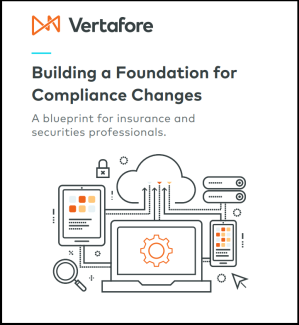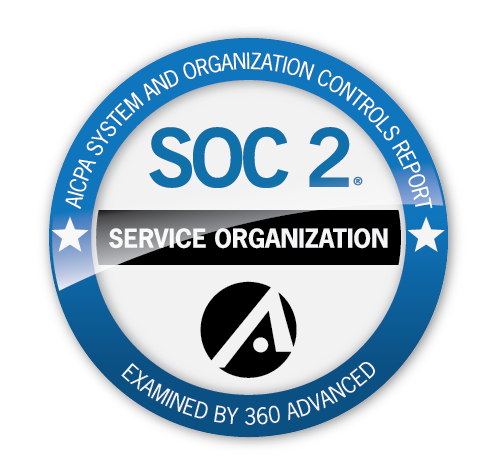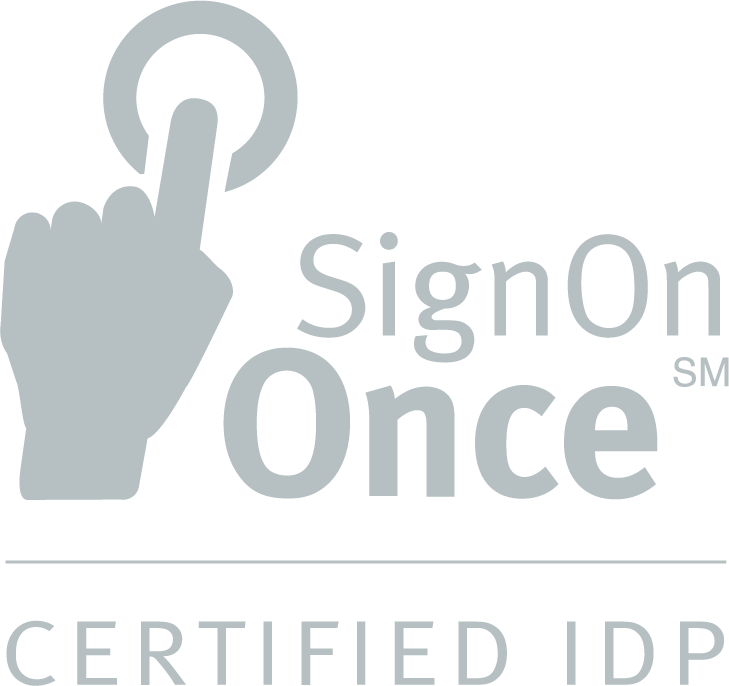Managing producer compliance and credentialing is inherently complicated, particularly for carriers operating in states whose annuity training is not reciprocal. In this blog series, a team of Vertafore regulatory experts address common challenges faced by carriers. Below, learn more about best interest standards for annuities. With the right compliance solution, staying ahead of changing standards can be easier.
How best interest became the standard for annuity sales in insurance
In 2010, after the Dodd-Frank Wall Street Reform and Consumer Protection Act was enacted, the National Association of Insurance Commissioners (NAIC) created a model for consumer protection around the suitability of annuity sales, including training requirements licensees needed to meet in order to sell annuity products. Then, it was up to the states to adopt those. Most states adopted some version of it, but some states decided not to.
In 2020, the NAIC released a revised model that took the 2010 annuity suitability standard and expanded it to include best interest responsibilities for Care, Disclosure, Conflict of Interest, and Documentation. With that, they also established new standards for additional training agents would need to complete in order to fulfill that requirement.
Generally, the industry and interest groups agree that this model is in place for consumer protection and that the training is necessary. Where it gets a little bit contentious is when states start to deviate from the model act as it was written. If they’re adopting a lesser training requirement, or if the approved course content is dissimilar from other states, then reciprocity no longer exists amongst states, causing agents to take additional training and spend less time selling. Someone who has taken the previous annuity suitability training—for the 2010 model—is eligible to take a one-hour best interest refresher course, which just covers the content specific to best interest that wasn’t in the 2010 annuity suitability standard. For brand new licensees, their only option is to take the four-hour annuity best interest training before engaging in sale of an annuity product.
Best interest training reciprocity between states
Generally speaking, if someone has taken a course that fulfills the 2020 annuity best interest training in one state, then reciprocity exists in other states that have adopted the model in some form and whose training courses are substantially similar in content.
Everything comes down to how individual states adopt the revised model, though. Mostly, states are adopting it as written, but other states want to do something slightly different with insurance regulations. They tweak the model as they see fit for protecting the consumers in their jurisdiction. That’s why this has become an industry talking point, even a pain point, trying to figure out what different states are doing, and which states are reciprocal with others. States that are unlikely to adopt a best interest standard could cause confusion with insurance carriers about the additional training their producers may or may not have to take.
Right now, there are 27 states that have adopted some version of the 2020 best interest model revisions. A handful have future effective dates, and then a few more have pending legislation. However, there are states that have no annuity training requirements, a handful that currently have a fiduciary standard or only a suitability standard, and some that may never adopt the NAIC’s model since their existing annuity training is more stringent than what was passed in the model.
The need for simplification
For agents, this uncertainty is why they start reaching out to the compliance departments at insurance carriers to say, “I've already taken this training, so why are you telling me I now have to take it elsewhere?” It’s confusing for them. While the agent or the carrier are determining if training obligations have been fulfilled in one or many states, this can cause a delay in binding business and issuing policies. The delay becomes even greater if the agent needs to take additional training wherever reciprocity doesn’t exist. As a result, carriers are left trying to figure out how to make this as simple as possible.
Fulfilling or not fulfilling this training requirement may have no immediate impact on an agent’s license status, as the state will likely not prevent someone from renewing or place limitations or restrictions on their license. However, where the state is most likely going to get involved and review the completed training is if there is a market conduct examination to review the carrier’s compliance with the state rules and regulations, or if a consumer complaint is levied against the agent. That's why the onus is on the insurance carrier to ensure the people selling, soliciting, and negotiating business on their behalf have met all their training requirements.
Looking to technology to manage the complexities of producer credentialing
Modern compliance management solutions offer carriers a useful resource in their effort to keep up to date with changing requirements in each state. Most importantly, by entrusting technology to manage the complexities of producer credentialing, carriers can reduce their risk of non-compliance audits.
To power the rules engine for Sircon Producer Central, our Regulatory and Compliance Product Analysts are constantly monitoring which states are adopting new standards and looking for any deviations in their adoption of the 2020 Annuity Best Interest standard. For states that have adopted the standard, we outline what those requirements are per state. We make sure the education templates keep people in good order, which gives carriers the comfort of being certain their agents have fulfilled their obligations and can be doing business in those states.




